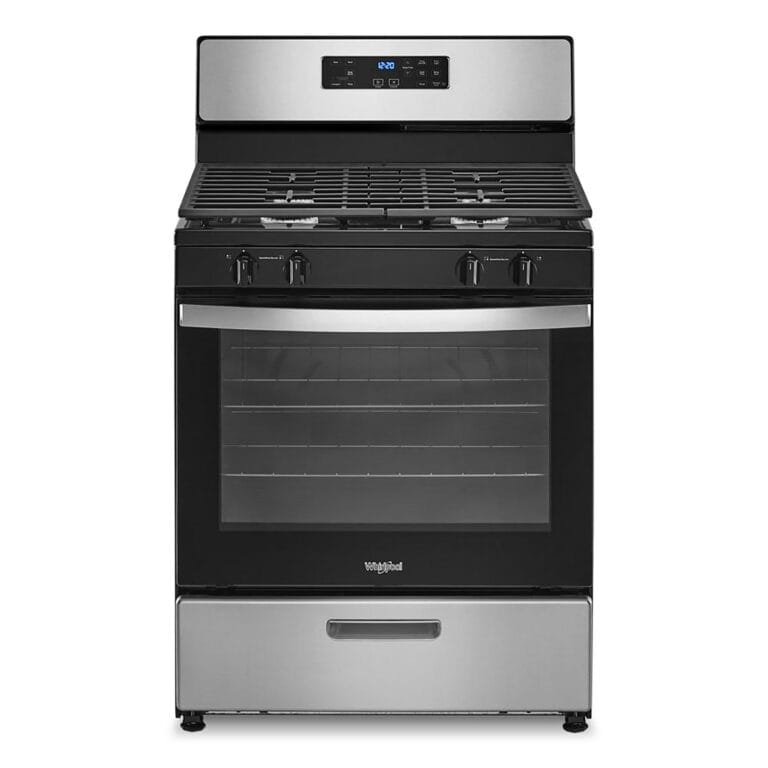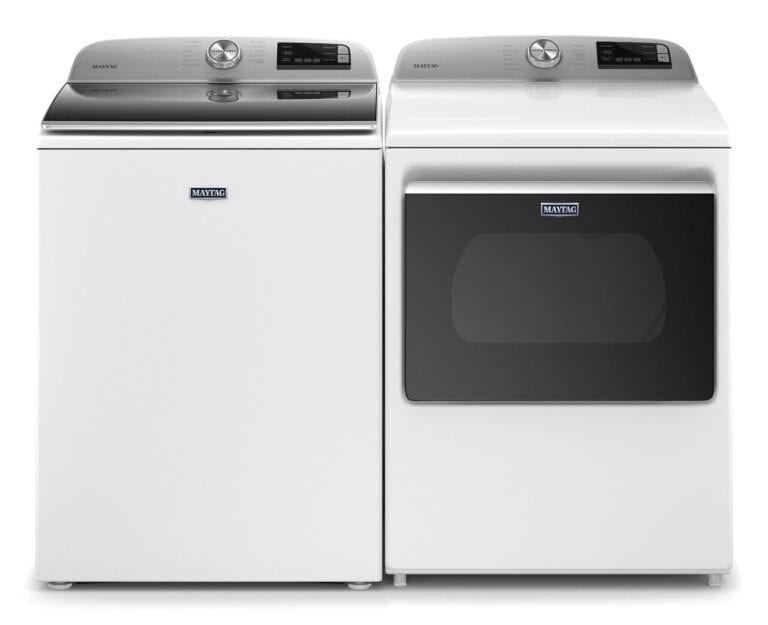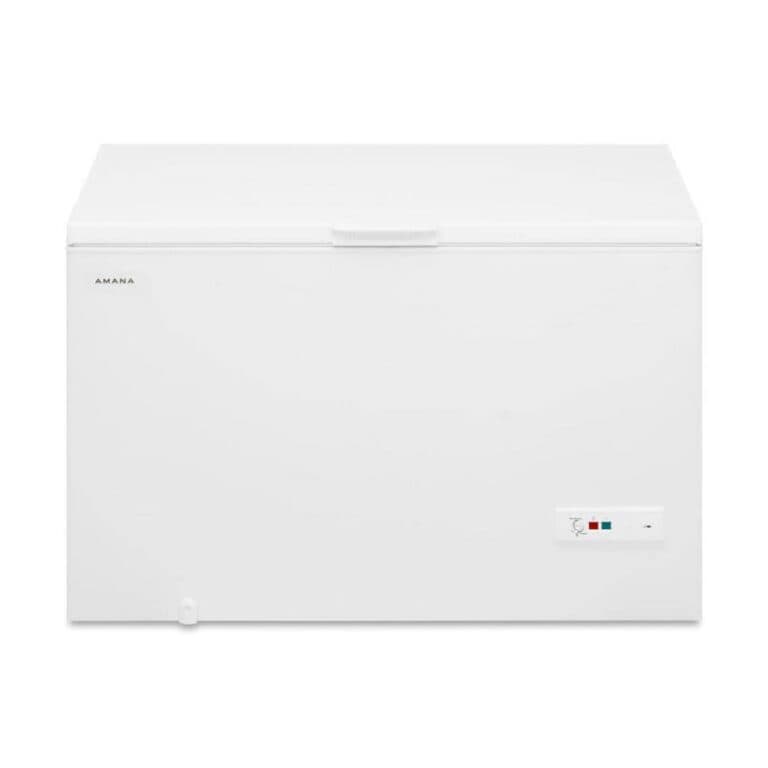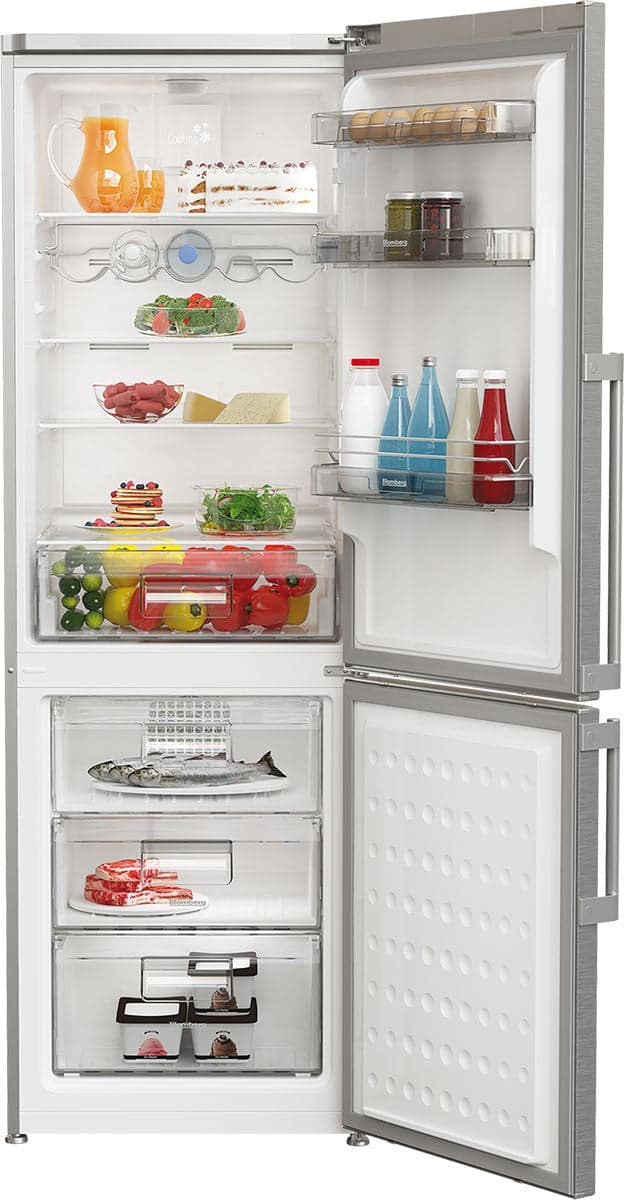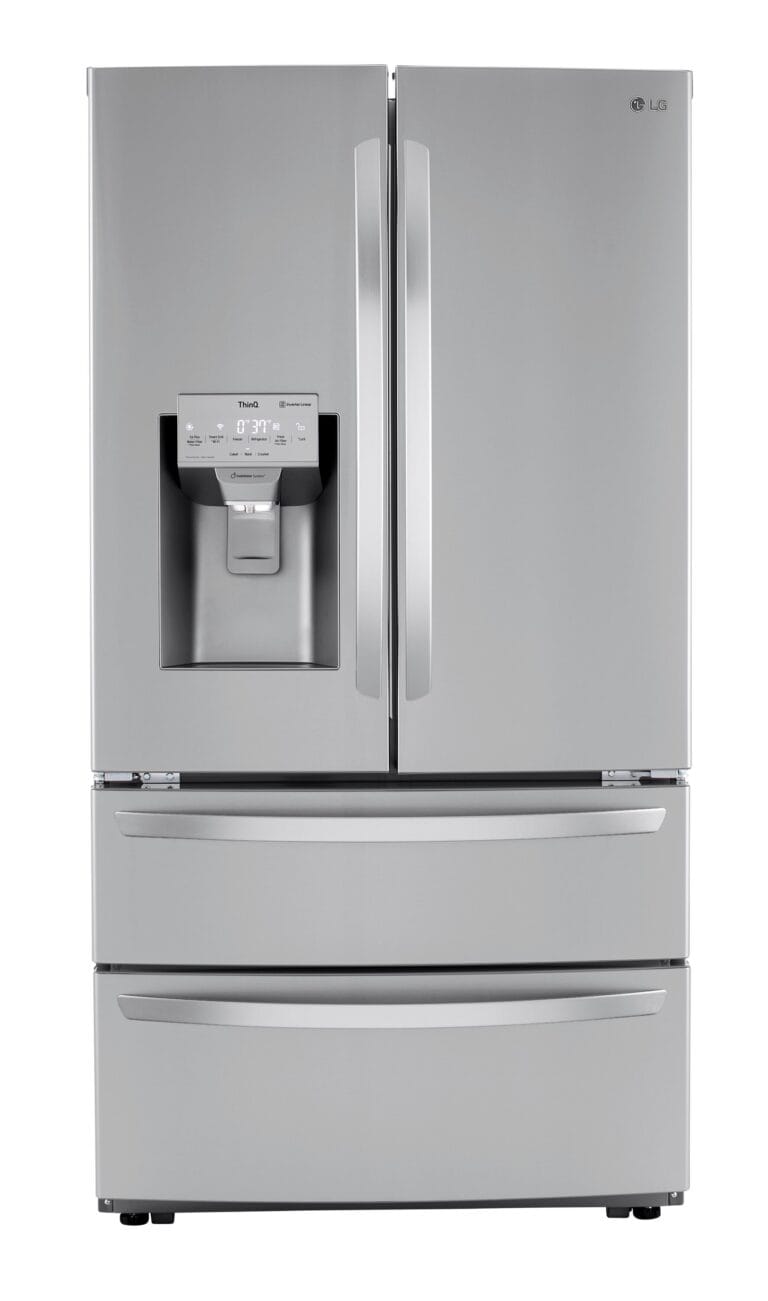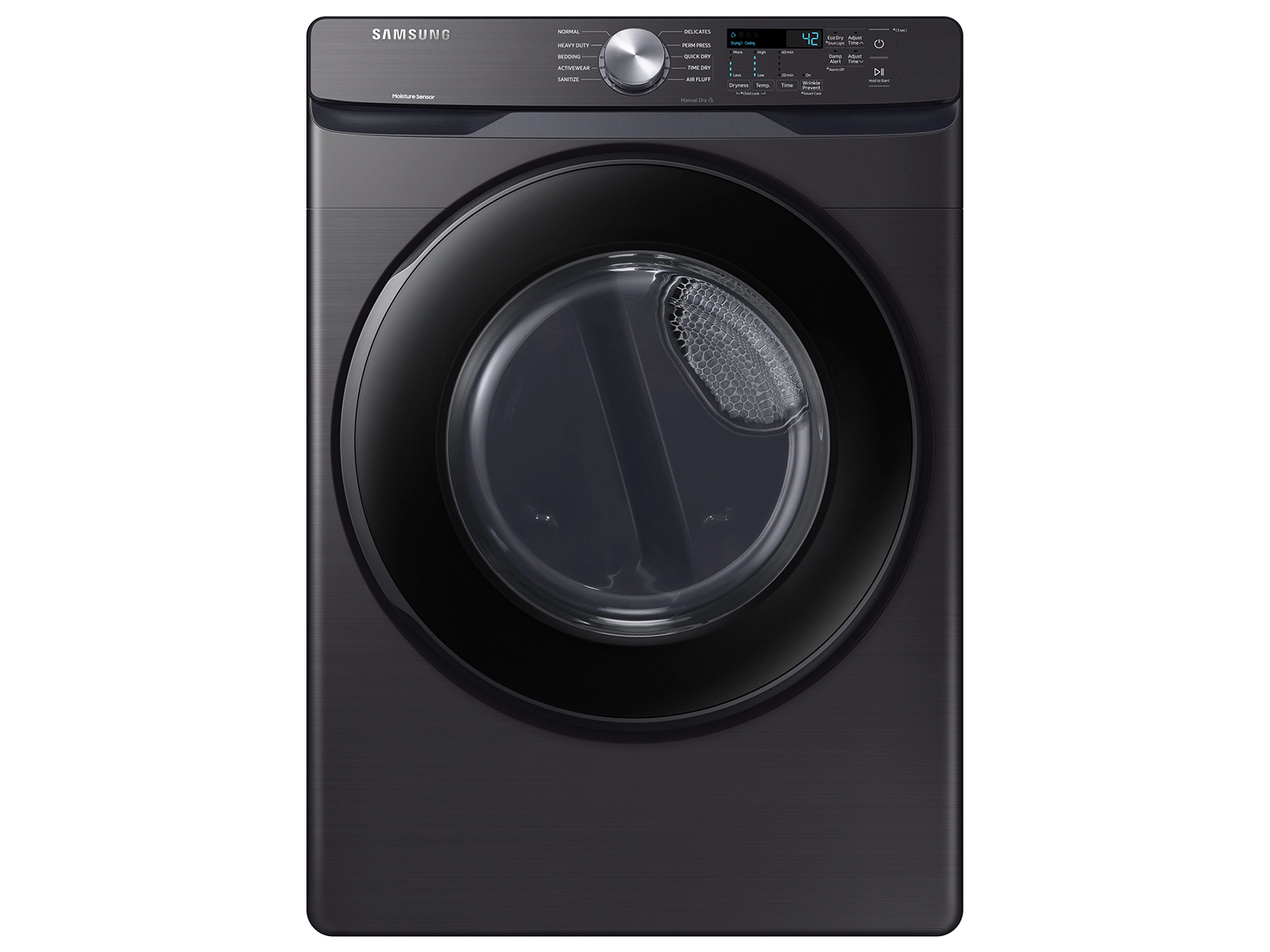
Condensation in dryers during summer (or warm months) can be a frustrating issue for many homeowners. This problem often stems from high humidity levels in the air, which can lead to moisture buildup inside the appliance. Proper ventilation and regular maintenance are key to preventing condensation in your dryer during the hot summer months.
Addressing this issue is crucial for several reasons. Excess moisture in your dryer can lead to damp clothes, musty odors, and even mold growth. It can also reduce the efficiency of your dryer, potentially increasing energy costs and wear on the appliance. By understanding the causes and implementing simple solutions, you can keep your dryer running smoothly all summer long.
Why is My Dryer Sweating?
It might seem odd, but your dryer can actually “sweat” during the summer or warmer months. This condensation isn’t usually a sign of a serious problem, but it can be a nuisance. Let’s explore why it happens and how to handle it.
Understanding the Cause
Condensation forms when warm, moist air comes into contact with a cooler surface. In your dryer, this happens when the hot, humid air generated during the drying cycle meets the cooler dryer vent or exhaust pipe. This is especially common in the summer when the ambient temperature is higher, and there’s more moisture in the air.
Potential Problems
While some condensation is normal, excessive moisture can lead to:
- Reduced dryer efficiency: Condensation can restrict airflow, making your dryer work harder and longer to dry clothes.
- Mold and mildew growth: Damp conditions inside the vent can encourage mold and mildew, which can cause unpleasant odors and potentially health issues.
- Water damage: In severe cases, condensation can drip and cause water damage to your walls, floors, or the dryer itself.
Tips to Reduce Condensation
- Vent properly: Ensure your dryer vent is properly installed and vented to the outside. Avoid long or convoluted vent runs, as these can trap moisture.
- Insulate the vent: Insulate your dryer vent, especially if it runs through unheated spaces like an attic or crawlspace. This helps maintain a consistent temperature and reduces condensation.
- Use the correct vent material: Use rigid metal (aluminum or galvanized steel) venting instead of flexible plastic or foil venting. Rigid venting is less prone to sagging and trapping moisture.
- Clean the vent regularly: Lint buildup in the vent restricts airflow and can contribute to condensation. Clean the vent at least once a year, more often if you use your dryer frequently.
- Dry smaller loads: Overloading the dryer increases the moisture inside, leading to more condensation. Dry smaller loads to reduce the humidity.
- Use the cool-down cycle: Many dryers have a cool-down cycle at the end. This helps reduce the temperature of the exhaust air, minimizing condensation.
Checking for Other Issues
If you’re experiencing excessive condensation, it’s worth checking for other potential problems:
- Leaking dryer: Inspect the dryer for any leaks that might be contributing to the moisture.
- Improper venting: Ensure the vent flap outside your home is opening properly and not blocked by debris.
When to Call a Professional
If you’re unable to resolve the condensation issue or suspect a problem with your dryer or venting, it’s best to contact a qualified appliance repair technician or HVAC professional.
By taking these steps to manage condensation, you can keep your dryer running efficiently and prevent potential problems associated with excess moisture.
Key Takeaways
- High humidity causes condensation in dryers during summer
- Proper ventilation and regular cleaning prevent moisture buildup
- Addressing condensation improves dryer efficiency and prevents mold
Understanding Condensation in Dryers
Condensation in dryers can lead to damp clothes and potential mold growth. This issue often worsens during summer months due to increased humidity levels and temperature differences.
Causes of Condensation
Several factors contribute to condensation in dryers. Poor ventilation is a primary culprit, trapping moist air inside the appliance. Clogged lint filters and exhaust vents restrict airflow, exacerbating the problem.
Overloading the dryer with wet clothes can also cause condensation. Too many damp items create excess moisture that the machine struggles to expel.
Temperature differences play a role too. When warm, moist air from the dryer meets cooler surfaces, water droplets form. This is more likely to occur in colder laundry rooms or basements.
Impact of Humidity Levels
High humidity levels significantly influence condensation in dryers. During summer, the air holds more moisture, making it harder for dryers to effectively remove water from clothes.
Humid environments increase the risk of condensation inside the dryer drum and vent system. This can lead to longer drying times and less efficient operation.
To combat humidity-related issues, proper ventilation is crucial. Installing a dehumidifier in the laundry area can help reduce moisture levels. Regular maintenance of the dryer vent system ensures optimal airflow and moisture removal.
Preventing and Managing Dryer Condensation
Effective strategies can minimize condensation issues in dryers during summer. These approaches focus on improving airflow, maintaining the appliance, and optimizing usage.
Improving Airflow and Ventilation
Good ventilation is key to preventing condensation. Place the dryer in a well-ventilated area. Open windows or use fans to increase air circulation. Check the exhaust duct for blockages or kinks that might restrict airflow.
Install a proper ventilation system if needed. This can include adding exhaust fans or improving existing ductwork. Ensure the dryer vent leads directly outside, not into an attic or crawl space.
Consider using a dehumidifier in the laundry area. This can help reduce overall moisture levels, especially in humid climates.
Regular Maintenance and Inspection
Clean the lint filter before each use. This simple step improves airflow and drying efficiency. Vacuum the lint trap area periodically to remove any buildup.
Inspect and clean the exhaust duct at least once a year. Use a vent brush or vacuum attachment to remove lint accumulation. Check for any damage or disconnections in the ductwork.
Wipe down the dryer drum after each use. This removes moisture and prevents mildew growth. Leave the dryer door open between cycles to allow air circulation.
Optimizing Dryer Usage Strategies
Avoid overloading the dryer. Overfilled drums restrict airflow and trap moisture. Follow the manufacturer’s capacity guidelines for optimal performance.
Use appropriate heat settings. Higher heat doesn’t always mean faster drying. It can create excess moisture and lead to more condensation.
Run full loads when possible. This maximizes energy efficiency and reduces overall moisture buildup in the dryer. Sort clothes by fabric weight for even drying.
Consider using dryer balls. These can help separate clothes and improve air circulation within the drum. This leads to faster drying times and less moisture retention.
Complications of Inadequate Ventilation
Inadequate ventilation in dryers during summer can lead to serious issues. These problems affect both the appliance and the user’s health.
Mold and Mildew Concerns
Mold and mildew thrive in damp environments. Poor dryer ventilation creates ideal conditions for their growth. These fungi can develop on:
- Dryer interiors
- Vent systems
- Nearby walls
Mold spores spread easily through the air. They can trigger allergies and respiratory problems. Regular cleaning helps, but it’s not enough. Proper ventilation is key to preventing mold and mildew growth.
To combat this issue:
- Clean lint filters after each use
- Inspect and clean vents monthly
- Use a dehumidifier in laundry areas
Implications for Drying Efficiency
Poor ventilation affects dryer performance. It leads to:
- Longer drying times
- Higher energy costs
- Increased wear on clothing
Humid air inside the dryer slows down the drying process. Clothes may come out damp or take multiple cycles to dry fully. This inefficiency wastes time and energy.
Tips for improvement:
- Ensure proper vent installation
- Use rigid metal ducts
- Keep vent hoses straight and short
Structural and Health Implications
Inadequate dryer ventilation can harm your home and health. Excess moisture can seep into walls and floors. This leads to:
- Wood rot
- Paint peeling
- Weakened structural integrity
The damp environment also attracts pests. Insects and rodents are drawn to moist areas.
Health risks increase with poor ventilation. Breathing in mold spores can cause:
- Coughing
- Wheezing
- Eye irritation
- Skin rashes
Proper ventilation protects both your home and health. Regular maintenance and checks are crucial for a safe, efficient dryer system.
Advanced Solutions and Considerations
Technological advancements and improved ventilation systems offer effective ways to combat dryer condensation in summer. These solutions address the root causes of moisture buildup and enhance overall drying efficiency.
Technological Enhancements
Smart dryers with moisture sensors can adjust drying times and heat levels automatically. This prevents overdrying and reduces energy consumption. Some models feature built-in dehumidifiers to extract excess moisture from the air inside the drum.
Heat pump dryers are another innovative solution. They recycle hot air, making them more energy-efficient and less prone to condensation issues. These dryers operate at lower temperatures, which can be beneficial in warm summer months.
Dryers with steam cycles can help reduce wrinkles and odors. While this feature adds moisture during the cycle, it’s followed by a thorough drying phase that leaves clothes crisp and dry.
Long-Term Ventilation Solutions
Installing a booster fan in the dryer vent can significantly improve airflow. This helps push moist air out more effectively, reducing condensation risks. Regular inspection and maintenance of the exhaust system are crucial for optimal performance.
Upgrading to a larger diameter vent pipe can increase airflow capacity. This is especially useful for dryers located far from exterior walls. Insulating vent pipes in unheated areas prevents temperature fluctuations that can lead to condensation.
Consider installing a ventilation system in the laundry room. This can include exhaust fans or dehumidifiers to control ambient moisture levels. Proper room ventilation complements the dryer’s built-in venting system, creating a drier environment overall.
Frequently Asked Questions
Condensation in dryers during summer can be a frustrating issue. Many factors contribute to moisture buildup, and several solutions exist to address this problem.
What causes a dryer to produce condensation during hot weather?
High humidity levels in the air can lead to condensation in dryers during summer. Hot, moist air enters the dryer and cools on metal surfaces, forming water droplets. Poor ventilation in laundry areas can trap this moisture, exacerbating the issue.
What are some effective measures to prevent moisture build-up in dryers during summer months?
Improving ventilation is key to preventing moisture buildup. Install exhaust fans or open windows in laundry areas. Clean lint filters and exhaust ducts regularly to ensure proper airflow. Using a dehumidifier in the laundry room can also help reduce ambient moisture.
Could the presence of moisture inside a dryer when idle signify an underlying issue?
Moisture in an idle dryer may indicate problems with the exhaust system. Check for blocked vents or damaged ducts. A faulty door seal can also allow humid air to enter the dryer when not in use. Inspect these components and repair or replace them as needed.
What steps can be taken to alleviate condensation issues within a dryer?
Run the dryer for a few extra minutes after the cycle ends to remove residual moisture. Avoid overloading the dryer, as this can hinder proper air circulation. Consider using dryer balls to improve airflow and reduce drying time.
Is there a potential risk associated with condensation forming inside a dryer?
Excessive condensation can lead to mold growth and musty odors. It may also cause rusting of metal components, potentially damaging the dryer. In extreme cases, moisture can interfere with electrical components, posing safety hazards.
Why might there be moisture accumulation on a dryer’s display panel or interior?
Moisture on display panels or dryer interiors often results from temperature differences between the warm, humid air inside the dryer and cooler surfaces. Improper sealing around the door or faulty door switches can allow moist air to escape, causing condensation on these surfaces.

